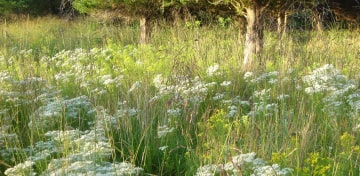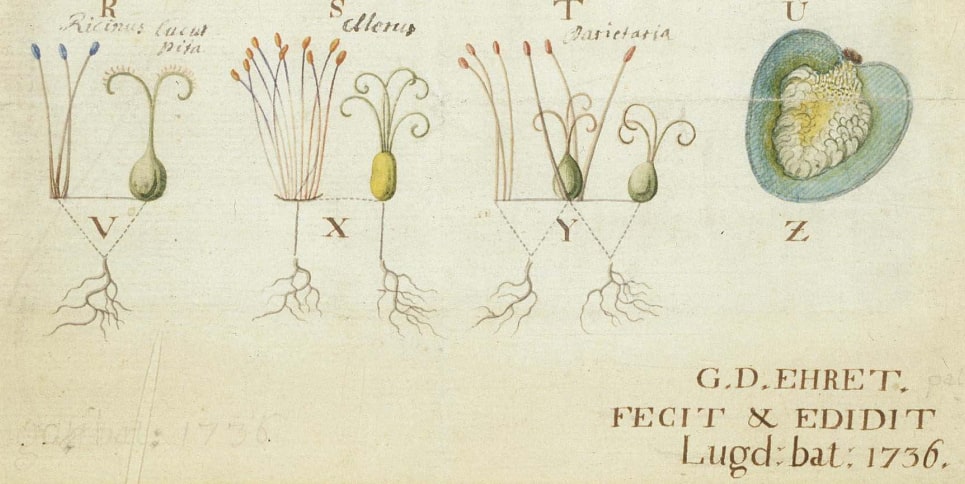

Glossary
The natural world is filled with both logic and fabulousness. Science works to put them together. And of course, it has its own language.
There are many different approaches to working with nature, and the practice and science is constantly changing. It is confusing. Here are some of the most frequently used terms. You may notice that almost all of the terms apply to growing food for humans. Two Thirds is focused on food for all other life on earth, but it is important to see the entire picture.

Agro-ecology: any farming system, or a combination of them that incorporates consideration of ecosystems in farming practices.
Agro-forestry: growing food crops (for humans) with trees and shrubs.
Anthropocentric: the viewpoint that humans are the most important life form on earth.
Anthropogenic: originating in human activity. Usually used in reference to environmental pollutants and pollution.
Anthropomorphism:
Aquaponics: Hydroponic plant production which uses aquaculture fish waste for fertilizer.
Biodynamic: A holistic, ecological, and ethical approach to farming, gardening, food, and nutrition based on the teachings of Dr. Rudolf Steiner starting in the 1920’s
Biosphere: The part of the earth and its atmosphere capable of supporting life.
Deep Ecology: an environmental movement and philosophy which regards human life as just one of many equal components of a global ecosystem. Introduced by philosopher Arne Naess in 1978.
Shallow ecology: “is anthropocentric, or human-centred. It views humans as above or outside nature, as the source of all value, and ascribes only instrumental, or ‘use’, value to nature. Deep ecology does not separate humans – or anything else – from the natural environment. It does see the world not as a collection of isolated objects but as a network of phenomena that are fundamentally interconnected and interdependent. Deep ecology recognizes the intrinsic value of all human beings and views humans as just one particular strand in the web of life.” Fritjof Capra
Ecology
Eco Region
Ecosystem
Novel Ecosystems See Tallamy Nature’s Best Hope, p. 90
Exposomics: The study of everything you are exposed to
Food Chain: a hierarchical series of organisms each dependent on the next as a source of food. A plant eating animal is eaten by a carnivorous animal and that animal is eaten by a larger carnivore and so on to the top of the chain, which dies, and is eaten by tiny decomposer organisms, which feed the plants, which feed the animals…..
Food Web: All the complex and interwoven food chains in an ecosystem.
Gaia Theory: The earth as a single living entity, a self healing organism. “The entire range of living matter on Earth from whales to viruses and from oaks to algae could be regarded as constituting a single living entity capable of maintaining the Earth’s atmosphere to suit its overall needs and endowed with faculties and powers far beyond those of its constituent parts.” – Gaia: A New Look at Life on Earth, 1979. (James Lovelock and Lyn Margulis)
Holistic: thinking, planning, and land management that includes all possible effects, such as economic, social and environmental. primarily associated with grazing but relevant in all land management practices.
Keyline design: land contouring to retain water and improve soil health for agriculture.
Hydroponics: a method of growing plants, usually crops, without soil, by using mineral nutrient solutions in an aqueous solvent.
Nature Based:
Nature Deficit Disorder:
Organic: gardening without synthetic fertilizers and pesticides, it supports the health of the whole system, and sustains and nourishes plants, soil microbes and beneficial insects rather than just the plants themselves. The American organic movement was spearheaded by J.I. Rodale in the 1940’s.
Permaculture: “The conscious design and maintenance of agriculturally productive systems which have the diversity, stability, and resilience of natural ecosystems. It is the harmonious integration of the landscape with people providing their food, energy, shelter and other material and non-material needs in a sustainable way.” Bill Mollison, Tasmanian fisherman’s son who first developed the practice and coined the term in 1978
Pesticide: kills pests. Can be chemical or naturally derived. Includes herbicides, insecticides, fungicides, bacteriocides, and rodenticides.f
Phytophagous: insects that eat plants
Planetary Health: “is an emerging trans-disciplinary field, encompassing the vast interconnections between human health and the natural/physical sciences, and broadly integrating the related fields of Public Health, GeoHealth, One Health, Global Health, etc.” Planetary Health Alliance
Plant Blindness: A form of cognitive blindness; the human tendency to ignore plants.
Regenerative: Regenerative Agriculture describes farming and grazing practices that, among other benefits, reverse climate change by rebuilding soil organic matter and restoring degraded soil biodiversity – resulting in both carbon drawdown and improving the water cycle. It promotes minimum soil disturbance and composting. A term often used with or in place of Organic.
Rain Garden vs Bioswale: Bioswales and rain gardens are dry features planted with drought-tolerant plants that can survive short periods of flooding. Rain gardens are low spots where water can collect and seep into the water table. Bioswales are ditches planted to filter and slow water down as it passes through. Both systems reduce erosion and remove pollutants from stormwater.
Resilient
Restoration ecology: human intervention to renew degraded or destroyed habitats and ecosystems through a combination of ecological disciplines
Sustainable
Systems Thinking
Toxic-Free
Wilding